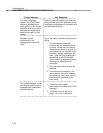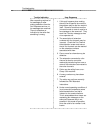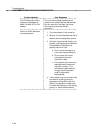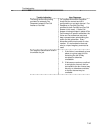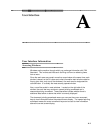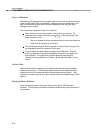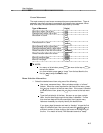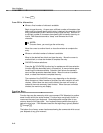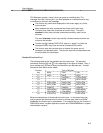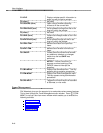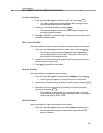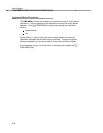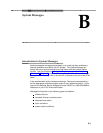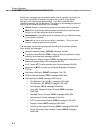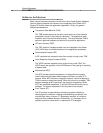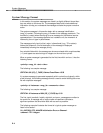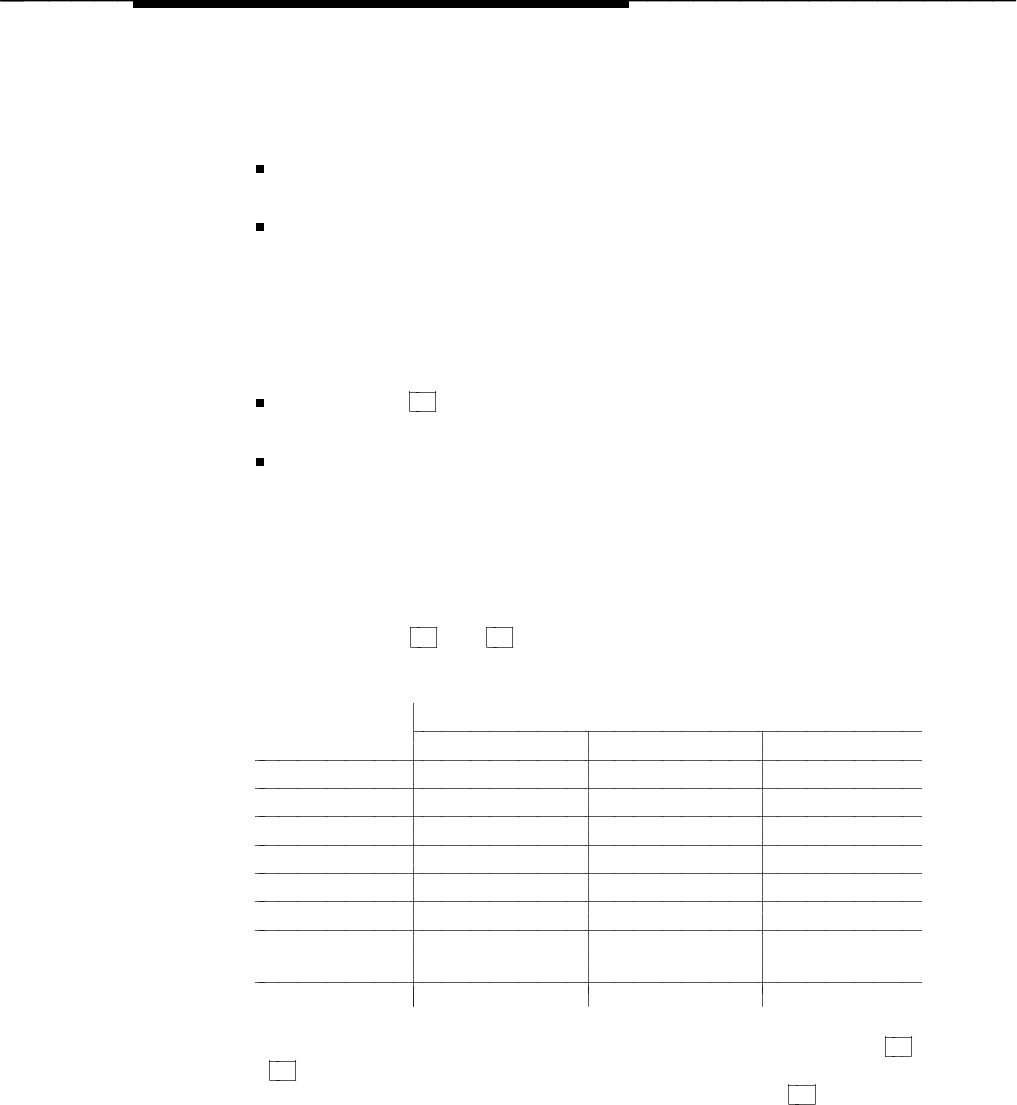
User Interface
FAX Attendant sounds a ‘‘beep’’ when you press an undefined key. The
message line either informs you if you have pressed an undefined function key,
or continues to show the last message.
The function key commands displayed on the screen apply only to the
active window.
Most windows use more commands than there are function keys.
Therefore they make use of two sets of function keys. The set of
standard function keys includes commands commonly used in most
windows.
The set of alternate function keys usually includes commands which are
unique to that window.
Function key
F8 labeled CHG-KEYS, acts as a ‘‘toggle’’ to switch the
displayed function keys from one set of commands to the other.
The function keys that you see when a window first opens are not
necessarily the standard ones. They are the keys that are expected to be
the most useful for that window.
Standard Function Keys
The following table shows the standard set of function keys. The standard
commands for keys
F2 and
F3 vary depending on the type of window. Also, a
given window may not require every command from the standard set. Unused
commands have blank screen labels.
Function Type of Window
Key Menu Form Text
F1 HELP HELP HELP
F2 CHOICES PREV-PAGE
F3 SAVE NEXT-PAGE
F4 PREV-FRM PREV-FRM PREV-FRM
F5 NEXT-FRM NEXT-FRM NEXT-FRM
F6 CANCEL CANCEL CANCEL
F7 CMD-MENU CMD-MENU CMD-MENU
F7 FRM-MGMT FRM-MGMT FRM-MGMT
F8 CHG-KEYS CHG-KEYS CHG-KEYS
Below are descriptions of the standard function keys. In the case of keys
F2
and
F3 where the standard function varies by window type, each function is
shown with its window type in parentheses. In the case of key
F7 the function is
CMD-MENU when in system operation screens and FRM-MGMT when in system
administration screens.
A-5



